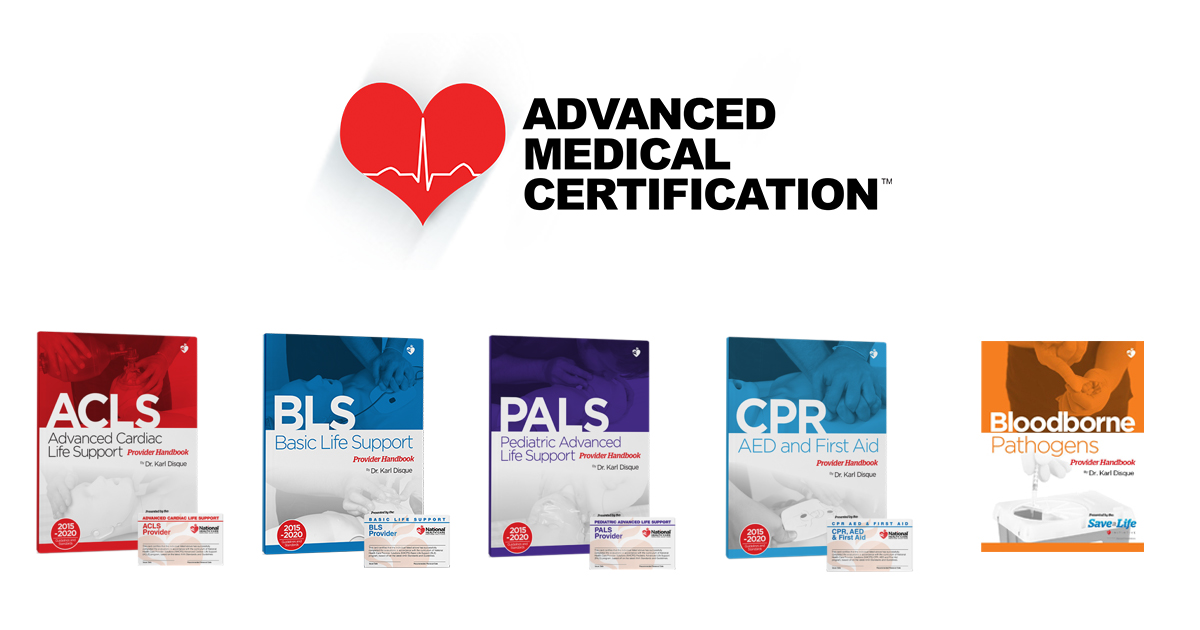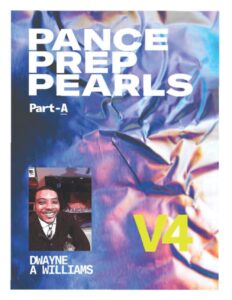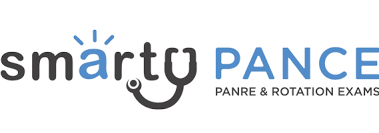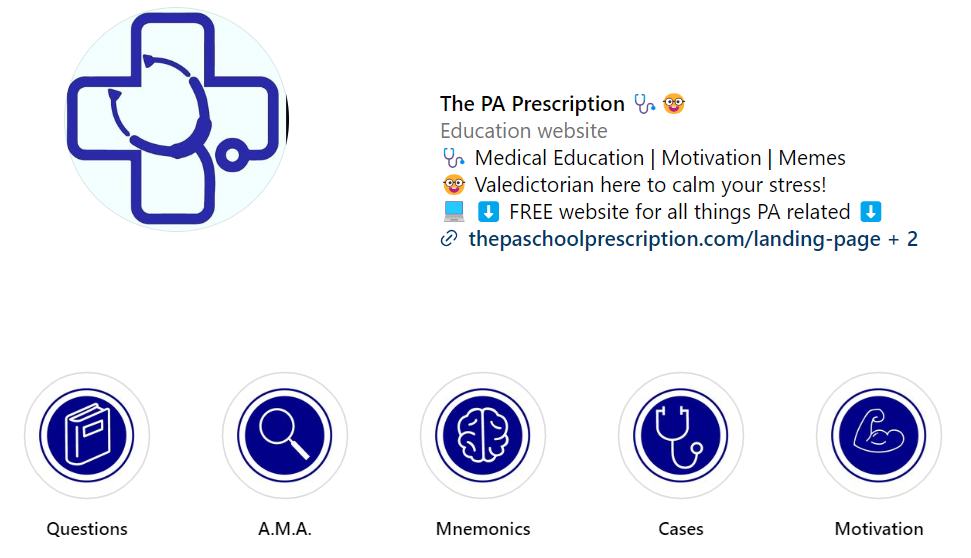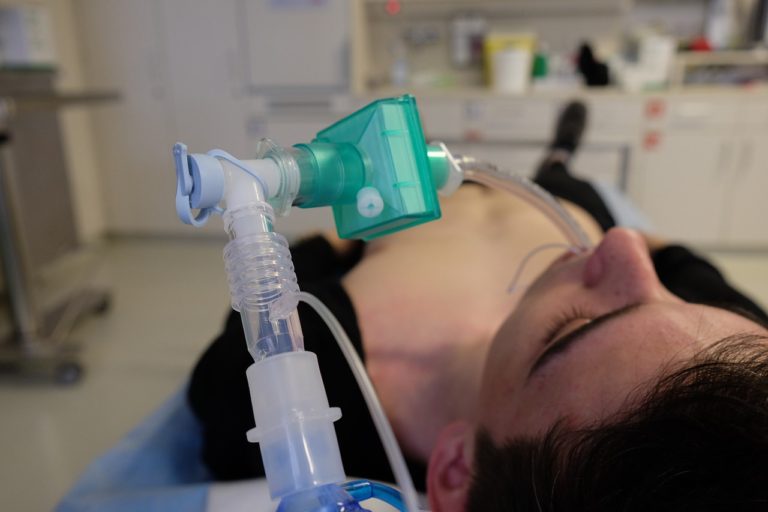
Thank you for subscribing to The PA Rx Newsletter!
The Friday Case Challenge includes difficult-to-diagnose conditions, some of which are not frequently encountered by most clinicians, but are nonetheless important to accurately recognize. Test your diagnostic and treatment skills using the following patient scenario and corresponding questions. Disclaimer: The following case is fiction and for educational purposes only.
A 58-year-old female, with no significant medical history, presented to the emergency department with sudden-onset chest pain and shortness of breath. The patient’s sudden onset of symptoms presented after she finished burying her beloved pet who had passed away. On examination, she appeared distressed, with elevated blood pressure (160/90 mmHg) and a heart rate of 110 beats per minute.
Initial electrocardiogram (ECG) revealed ST-segment elevation in the anterior precordial leads, prompting concerns of an acute myocardial infarction. Troponin levels were elevated, supporting the suspicion. However, coronary angiography surprisingly demonstrated unobstructed coronary arteries.
Further questioning revealed the patient had experienced an emotionally tumultuous week, with heightened stress levels related to personal matters. An echocardiogram was performed, revealing a striking finding – apical ballooning of the left ventricle with preserved basal contractility.
1.What is the most likely diagnosis?
A. Acute myocardial infarction (AMI)
B. Takotsubo cardiomyopathy
C. Pulmonary embolism
D. Aortic dissection
2. What is the primary goal of beta-blocker therapy in the management of this condition?
A. Enhancing coronary artery vasodilation
B. Reducing sympathetic hyperactivity
C. Improving contractility of the left ventricle
D. Lowering blood pressure
3. Which of the following laboratory findings is most suggestive of acute decompensated heart failure?
A) Elevated brain natriuretic peptide (BNP)
B) Elevated troponin
C) Increased serum sodium
D) Decreased serum creatinine
4. A patient with heart failure and an implantable cardioverter-defibrillator (ICD) presents with multiple shocks from the device. The most likely cause is:
A) Ventricular tachycardia
B) Atrial fibrillation
C) Lead fracture
D) Supraventricular tachycardia
5. What is the primary mechanism of action of digoxin in the management of heart failure?
A) Beta-adrenergic blockade
B) Positive inotropic effect
C) Sodium channel blockade
D) Angiotensin receptor blockade
Answers:
Question 1:
B. Takotsubo cardiomyopathy
Explanation: Takotsubo cardiomyopathy, or “broken heart syndrome,” typically presents with symptoms mimicking acute myocardial infarction (AMI). However, in takotsubo cardiomyopathy, coronary angiography demonstrates unobstructed coronary arteries. This condition is often triggered by emotional stressors, such as the recent loss reported by the patient.
Question 2:
B. Reducing sympathetic hyperactivity
Explanation: The primary goal of beta-blocker therapy in takotsubo cardiomyopathy is to reduce sympathetic hyperactivity, mitigating the impact of stress on the heart.
Question 3:
A) Elevated brain natriuretic peptide (BNP)
Elevated BNP levels are indicative of increased ventricular stretch and are commonly used as a diagnostic and prognostic marker in heart failure.
Question 4:
C) Lead fracture
Multiple shocks from an ICD may indicate lead fracture, leading to inappropriate shocks. This requires prompt evaluation and potential lead revision.
Question 5:
B) Positive inotropic effect
Digoxin has a positive inotropic effect, increasing the force of myocardial contraction. It is often used in HF to improve symptoms and reduce hospitalizations.
Thats all for today.
For more newsletters and case challenges click here
Preparing for a job interview? Click here for our FREE job interview checklist
Want more question practice? Click here for our affordable 225 question exam with detailed explanations
Thanks for reading,


